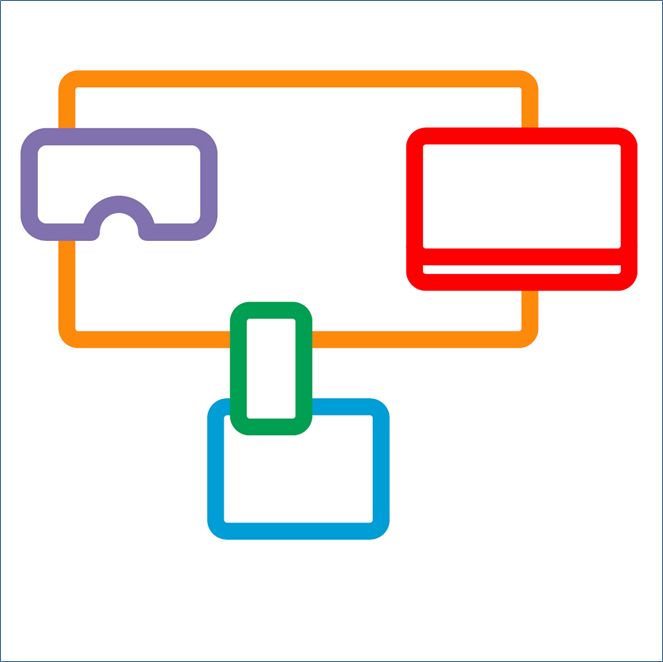Alternative TV companions
CHRISTOPH ZIEGLER from 2-IMMERSE partner IRT introduces a parallel project that uses HbbTV 2 technology in an innovative way.
IRT’s project, ‘A Tangible TV Companion for a Children’s Quiz Show’, has been nominated in the category ‘Best multiscreen HbbTV service’ in the 2018 HbbTV Awards, the winners of which are announced on 14 November.
2-IMMERSE develops compelling multi-screen applications for MotoGP, football and live theatre productions. The partners invest substantial efforts in designing and implementing intuitive user interfaces, as well as developing a technically reliable platform. The applications are then evaluated in elaborate user trials. When designing the applications for receiving highly relevant user feedback, the project focuses on today’s mainstream end-user devices for multi-screen experiences: the TV, tablets and smartphones. In addition, the partners are also watching more recent developments in the market, not least because we do not want to miss out on potential opportunities. This is why we evaluate emerging technologies that seem exciting to us on the basis of simpler proof-of-concept prototypes, like the one presented here.
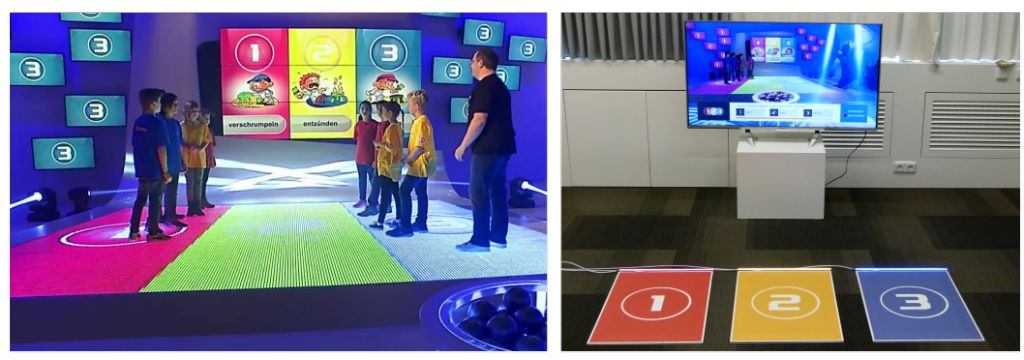
Figure 1. The fields for the answer possibilities in the studio of the programme1, 2 oder 3 (left) and the sensor floor pads we developed for trade fairs (right).
In cooperation with the German broadcaster ZDF, IRT developed a TV companion experience for the children’s quiz show 1, 2 oder 3, which shows that the companion-screen features of HbbTV 2, which are the basis for all 2-IMMERSE applications, can enable innovative forms of interaction and opportunities for viewer engagement. This companion experience does not involve a tablet or smartphone, but rather a sensor pad, which viewers can potentially build themselves at home. The sensor pad connects via a Raspberry PI Micro Computer to an HbbTV 2 application and allows viewers to play along with the TV show.

Figure 2. Prototype of a floor pad sensor build from carton, aluminium foil and adhesive tape.
The sensors in our playing field were originally part of cat doorbells. The sensors are covered with printed PVC mats. WS2812 LED strips are mounted on the front of the sensor pad. Light patterns provide feedback on the quiz application’s state. Sensor pads and LED stripes are connected to a Raspberry Pi Zero W (RPI) microcomputer. The RPI runs the Node.js-based companion app which makes use of the DIAL protocol to discover HbbTV devices on the local network. Users initiate the discovery by simply stepping on the floor pad.
The HbbTV app is synchronised to the broadcast programme via the App-to-AV synchronisation feature of HbbTV 2. Questions and response options are displayed by the HbbTV app at the same time as they are mentioned by the quiz master in the show. When the viewers select an answer by stepping on a field on their connected sensor pads, their choices are displayed on the TV. When the correct answer is presented by the quiz master in the show, it is also relayed to the floor pad via the App-to-App Communication channel. The segment of the LED strip that corresponds to the correct answer is illuminated. The HbbTV app displays viewers aggregated scores.
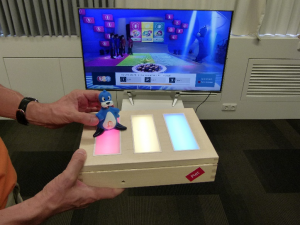
Figure 3. Board game version of the companion hardware.
In addition to the sensor pad, we have also built a board game version of the companion hardware. The playing field of the board game is made up of three fields of acrylic glass. In addition to LED strips, Reed switches are installed under the three fields. The Reed switches react to the magnetic field release by the permanent magnets in the playing figure.
We believe our demo could prototypically stand for a range of broadcast services fulfilling an educational mission. Information technology (IT) is omnipresent. Educational programmes such as the BBC’s micro:bit [1] project intend to enable children to make conscious use of IT instead of just consuming IT products. Our TV app could motivate children to explore IT concepts. A simple version of the sensor playing field could be built by children at home from carton and aluminium foil [2]. Our board game shows that the design possibilities are manifold and that there are no limits to the creativity of the tinkerers.
We have shown a demo with huge success at IFA and IBC. At IFA our demo was shown at two stands: ARD’s „Digitale Welt“ and at the stand of Deutsche TV-Plattform. The latter was featured on the title page of IFA’s daily exhibition newspaper “IFA heute”. However, we believe that our demo is more than an attraction at trade fairs. We see many opportunities for broadcasters and third parties.
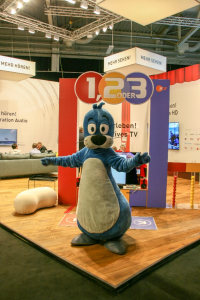
Figure 4. Piet, the official mascot of the show “1, 2 oder 3” presents our demo at the booth of the German TV-Platform at IFA 2018.
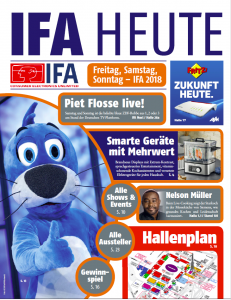
Figure 5 Our demo promoted on the cover of the “IFA heute” exhibition magazine.

